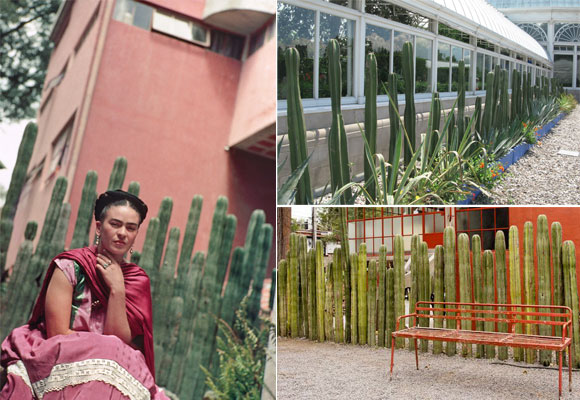Frida Kahlo and her plants

Kahlo and her plants — indivisible in life and in art, can be discovered at the New York Botanical gardens: Frida Kahlo- Art ,Garden, Life
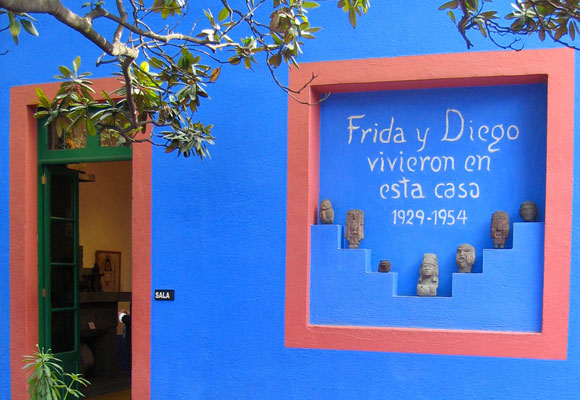
The show is an evocation of the sense of place experienced each year by the thousands of visitors to La Casa Azul in Coyoacán, Mexico City, the home of Frida Kahlo and Diego Rivera, known today as Museo Frida Kahlo. It was there that Kahlo was born in 1907 and then lived with the famous muralist Diego Rivera after marrying him in 1929. Together they created a garden that celebrated the plant life of Mexico and the artistic expression of its native peoples.
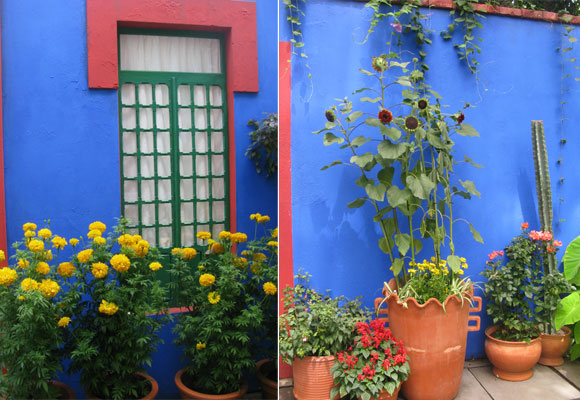
The garden was a creative refuge and a source of inspirations for the artist and her husband. Kahlo’s works are filled with colorful and compelling depictions of flowers, foliage and fruits, most of them native to Mexico. Her choice of botanical imagery reflects the embrace of archetypal mexican indigenous and natural elements that defined art in the decades following the Mexican revolution ( 1910-1917). In her art the beauty and diversity of plants, animals and the Mexican landscape convey cultural, spiritual and intimate messages.
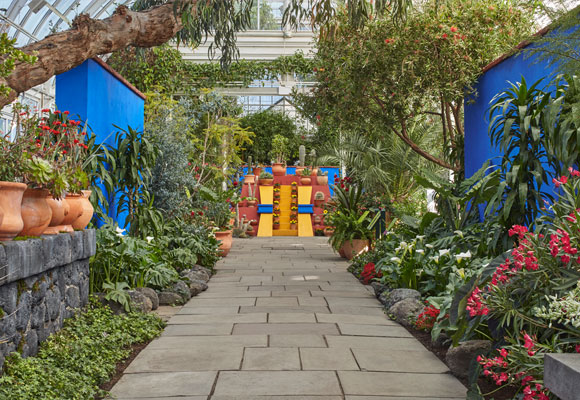
Frida’s father was a german photographer who moved to Mexico City in’ 1891 and photographed the country’s architectural landmarks. Her mother was a mestiza of indigenous and Spanish descent. Between 1930’s and 1940’s Frida and Diego transformed the Kahlo family home into a singular monument to their shared artistic and cultural vision. In 1941 they expanded the garden to allow for more sunlight and the cultivation of native cacti and tropical plants, replacing many of the European plants of the original garden with native Mexican species in pots and planted beds accentuated with hewn volcanic stones.
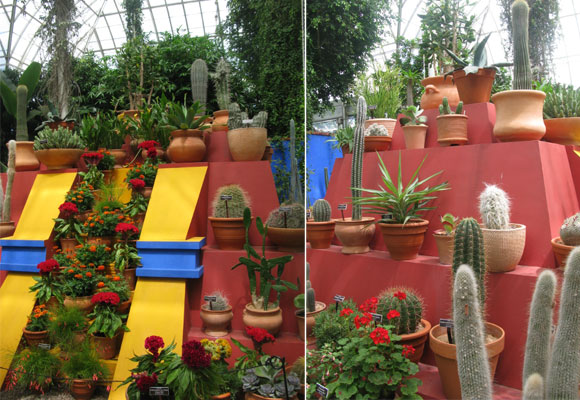
Many of the plants found in Kahlo’s garden and in her paintings also had great cultural significance : marigolds which were commonly associated to the day of the dead or El Dia de los Muertos, dahlias: Mexico’s national flower, organ pipe cacti or chilayos, which they used as living fences, calla lilies, sunflowers representing the sun deity, fuchsias, monsteras or “costilla de Adan”, buganvilias, zinnias and philodendrons are some of the many recurring varieties used in her homes and in her art .
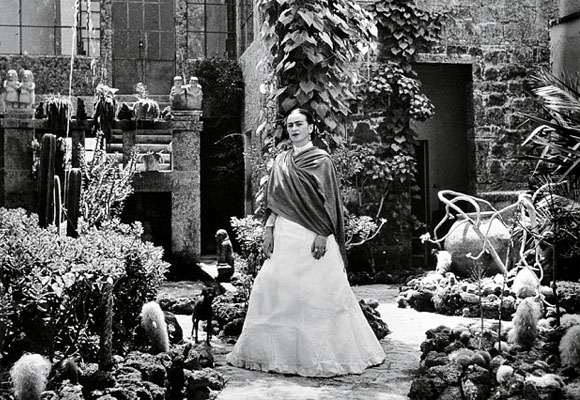
The pyramid below was designed at Kahlo’s suggestion by Rivera in order to house his growing collection of thousands of pre-hispanic artifacts. The design mimicked the forms of pyramids found in sites throughout central Mexico, specially in Teotihuacan, a pre-aztec site Northeast of Mexico City. In the show at the Botanical Gardens the pyramid’s shelflike tiers are stocked with dozens of varieties of cactuses and succulent plants in terra-cotta pots.
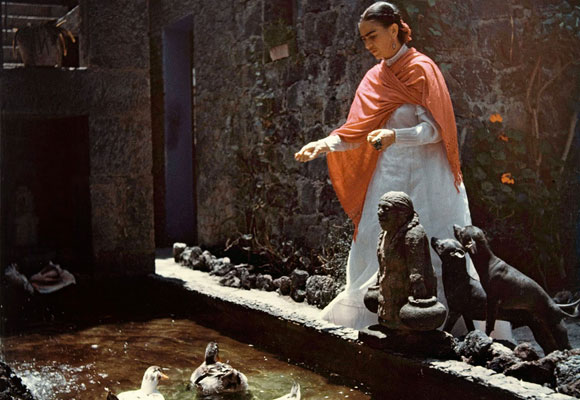
Frida and Diego continued experimenting with the use of architecture and gardens as a means of self expression and eventually asked the architect Juan O’Gorman to design them a second home and studio complex in San Angel, South of Mexico City. San Angel was designed in the modern style of the times called funcionalismo, and they imbued a truly Mexican identity to the modernist structure. The living cactus fence made of chilayos was a tribute to traditional mexican culture.
